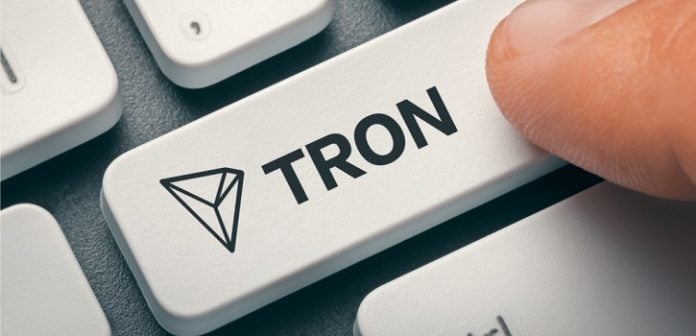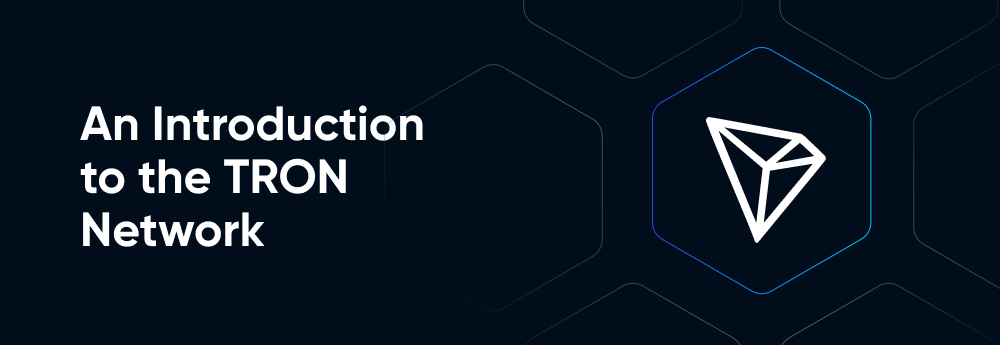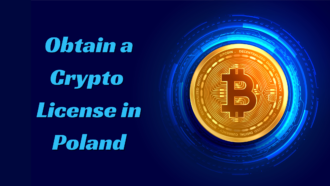The TRON Node Complete Guide
The TRON node complete guide is an essential resource for anyone wanting to learn how to start Web Three development on the TRON network. There are several things to know about the TRON crypto nodes, including how to test the network or what the block producer is.
What is the TRON network?
Tron is an open-source, decentralized platform that aims to create a new form of content distribution system for the entertainment industry. It uses P2P technology and decentralized storage protocols. TRON has several features designed for high availability and high throughput.
A TRON node runs on the TRON network and is an essential part of TRON application development. It performs various tasks, ranging from synchronizing block transactions to operating client software. A TRON node could be developed on your own or obtained from a node provider service, such as NOWNodes.
The TRON network has many uses. It uses a distributed storage protocol, which includes a graph database. This makes it possible to handle complex data storage requirements and eliminates the need for intermediaries in file transfer.
There is also a token that can be used as a mode of exchange and to reward content creators who develop applications and games on the TRON network. However, the TRON protocol focuses on the decentralized rather than the centrally controlled. The token has the capacity to facilitate thousands of transactions per second, which translates to faster processing than a number of popular cryptocurrencies.
Block producer
A block producer is a decentralized creature that exists on delegated proof-of-stake (DPoS) blockchains to initiate, perform and verify a block of transactions on the network.
Block producers are central to the delegated proof-of-stake (DPoS) network. They create new blocks with recent network transactions and verify the chain’s legitimacy.
TRON implements smart contracts using a delegated proof of stake (DPoS) consensus mechanism. The network produces blocks every three seconds, and the Super Representatives who package and verify each transaction receive a reward of 16 TRX per block produced. In addition, users can vote for Super Representatives using the token Tron Power.
The DPoS model evolves Ethereum’s proof-of-stake mechanism. Using a DPoS system, Tron can potentially scale beyond traditional PoW models.
TRON virtual machine (TVM)
TVM is the runtime environment for TRON intelligent contracts; every node in the network maintains a TVM entity. TRON has several features designed to provide high availability and high throughput.
The TRON protocol is built around a three-layer architecture: the core, storage, and consensus layers. The TRON Virtual Machine, a Turing-complete virtual machine, backs each layer.
TRON Mainnet
Mainnet is a leading network built on blockchain. TRON mainnet network has a monetary value.
Tron aims to empower users to develop decentralized applications (Dapps). The Dapps made on the TRON network refer to the mainnet network to obtain any transaction. As such, the project uses an intelligent contract language called Solidity.
To use TRON, one needs to register an account. Once registered, one can create and edit intelligent contracts. A user can also issue and transfer tokens. Upon activating an account, one must send a small amount of TRX to it.
After creating an account, a user can apply to become a Super Representative. Super Representatives are responsible for validating transactions, tracking content, and competing for rewards. They can also vote on which nodes are allowed to process transactions.
TRON Testnet
The TRON test net network is an essential development tool. It tests applications made on the TRON network without harming the main chain. Testnet coins are separate from the TRX leading coins; they have no value, and anyone can get them for free from faucets.
Testnet allows developers to check blockchain applications without risking losing funds. Before launching an application for public use, testing it to certify that it works correctly is crucial.
The new TRON protocols are also tested in a test net before being launched for public use. For the development of blockchain, the team of Web 3 developers creates Genesis blocks a little bit differently.
Conclusion
The most popular dApp on the Tron network is a version of the popular game CryptoKitties. Designed to be fast and reliable, the game has over 500,000 users on the Tron network. Thus, anyone could build a dApp on the TRON network, which could become a popular game or a wallet.
The TRON node is an essential part of the Web 3 TRON application development and must be deployed independently or accessed by a third-party node provider. During the development process, you should decide which option suits you better because both of them have their cons and pros.


















